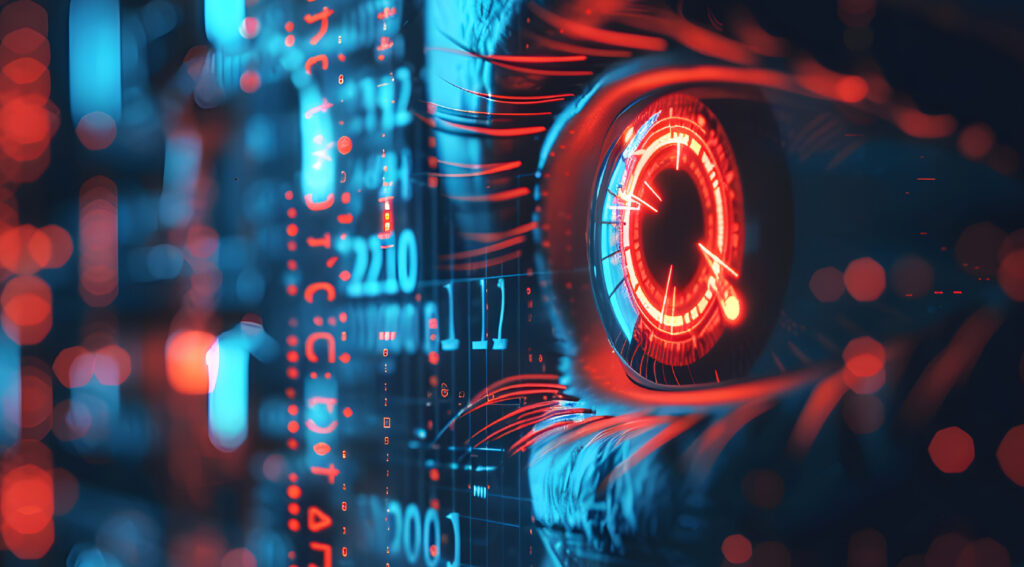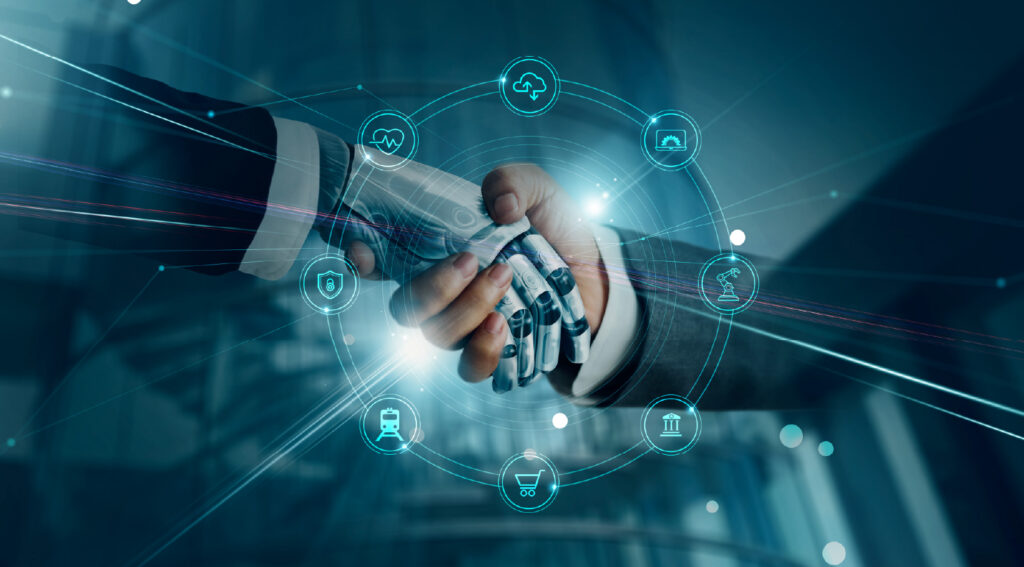Artificial Intelligence (AI) is revolutionizing the field of cybersecurity, offering new ways to detect, prevent, and respond to cyber threats. From identifying sophisticated malware to automating security tasks, AI has become a critical tool in the fight against cybercrime. However, as cyber defenses become more intelligent, so do cybercriminals, who are increasingly using AI to launch more sophisticated attacks.
This article explores how AI is changing cybersecurity, its benefits and challenges, and how organizations can effectively leverage AI to enhance their security posture.

The Role of AI in Cybersecurity
AI is transforming cybersecurity by analyzing vast amounts of data at unprecedented speeds. Using machine learning algorithms and advanced analytics, AI systems can detect patterns, anomalies, and potential threats that traditional security tools might miss.
Key roles of AI in cybersecurity include:
- Threat Detection and Prevention: Identifying new malware, phishing attempts, and other threats using real-time analysis.
- Incident Response: Automating the response to security incidents to minimize damage.
- Behavioral Analysis: Monitoring user behavior to detect suspicious activities or insider threats.
- Vulnerability Management: Identifying security gaps and recommending patches or updates.
- Security Automation: Streamlining routine security tasks, allowing cybersecurity teams to focus on complex threats.
How AI is Enhancing Cybersecurity
Advanced Threat Detection
Traditional security systems rely on known threat signatures to detect malware. AI goes beyond this by using machine learning to identify unknown threats and zero-day attacks. AI-powered systems analyze behavioral patterns and network traffic to detect anomalies that may indicate malicious activity.
For example, AI can detect unusual login times, atypical data transfers, or abnormal application behavior, flagging them as potential security incidents.
Predictive Analysis
AI uses predictive analytics to forecast potential security threats before they occur. By analyzing historical data and identifying patterns, AI can anticipate cyberattacks and recommend preventive measures.
Predictive analysis also helps organizations prioritize vulnerabilities by assessing the likelihood of exploitation, enabling proactive risk management.
Automating Incident Response
AI accelerates incident response by automatically containing threats, isolating affected systems, and initiating remediation actions. This reduces the time between detection and response, minimizing potential damage.
For example, when AI detects a phishing attempt, it can automatically block the malicious URL, alert security teams, and quarantine affected emails.
Improved Threat Intelligence
AI collects and analyzes threat intelligence from multiple sources, including global threat databases, social media, and the dark web. This enables organizations to stay informed about emerging threats and develop strategies to counteract them.
By continuously learning from new data, AI systems can identify evolving attack methods and adapt their defenses accordingly.
Behavioral Analysis and Anomaly Detection
AI monitors user behavior to establish a baseline of normal activity. Any deviation from this pattern triggers alerts, helping to detect insider threats, compromised accounts, or unauthorized access.
For example, if an employee suddenly accesses large amounts of sensitive data outside of normal working hours, AI can flag this as suspicious activity.
The Challenges of Using AI in Cybersecurity
False Positives and Negatives
AI systems can produce false positives (flagging legitimate activities as threats) or false negatives (failing to detect actual threats). This can overwhelm security teams with alerts or allow attacks to go unnoticed.
Data Privacy Concerns
AI relies on large datasets to learn and improve. Collecting and analyzing user data raises privacy concerns, especially under regulations like GDPR and CCPA. Organizations must ensure data is collected and processed ethically and securely.
High Costs and Complexity
Implementing AI in cybersecurity requires significant investment in infrastructure, tools, and expertise. Smaller organizations may find it challenging to afford and maintain advanced AI systems.
Adversarial AI Attacks
Cybercriminals are leveraging AI to develop more sophisticated attack methods, including:
- AI-Powered Malware: Using machine learning to evade detection by adapting to security defenses.
- Deepfake Phishing: Generating realistic voice or video messages to trick users into revealing sensitive information.
- Adversarial Attacks: Manipulating AI algorithms by feeding them malicious data, causing them to misclassify threats.
Best Practices for Implementing AI in Cybersecurity
- Combine AI with Human Expertise: AI should complement human analysts, not replace them. Human oversight is essential to verify alerts and make critical security decisions.
- Regularly Update AI Models: Keep machine learning models up to date with the latest threat intelligence to ensure they remain effective against emerging threats.
- Test for Bias and Accuracy: Regularly test AI systems for accuracy and bias to minimize false positives and negatives.
- Secure AI Systems: Protect AI models and datasets from adversarial attacks by encrypting data and implementing strict access controls.
- Compliance and Privacy: Ensure that AI implementations comply with data privacy regulations and follow ethical guidelines for data usage.
The Future of AI in Cybersecurity
AI will continue to play a critical role in cybersecurity as threats become more sophisticated and complex. Future advancements include:
- Self-Learning AI: Systems that continuously learn and adapt to new threats without human intervention.
- AI-Driven Security Operations Centers (SOCs): Automating routine security tasks and enabling faster incident response.
- Quantum-Resistant AI: Developing AI algorithms capable of defending against quantum computing threats.
- Collaborative Threat Intelligence: AI systems that share threat intelligence across industries to enhance collective defense.
While AI offers powerful tools for defending against cyber threats, it also raises ethical, privacy, and security challenges. As AI technology evolves, organizations must adopt responsible practices and continuously adapt to the changing threat landscape.

Embracing AI for Stronger Cybersecurity
Artificial Intelligence is reshaping cybersecurity by enabling faster threat detection, proactive defense strategies, and automated incident response. By leveraging AI, organizations can enhance their security posture and defend against increasingly sophisticated cyberattacks.
However, AI is not a silver bullet. It must be integrated with human expertise, ethical practices, and robust security protocols to be truly effective. As cyber threats evolve, embracing AI responsibly will be key to staying one step ahead of attackers.